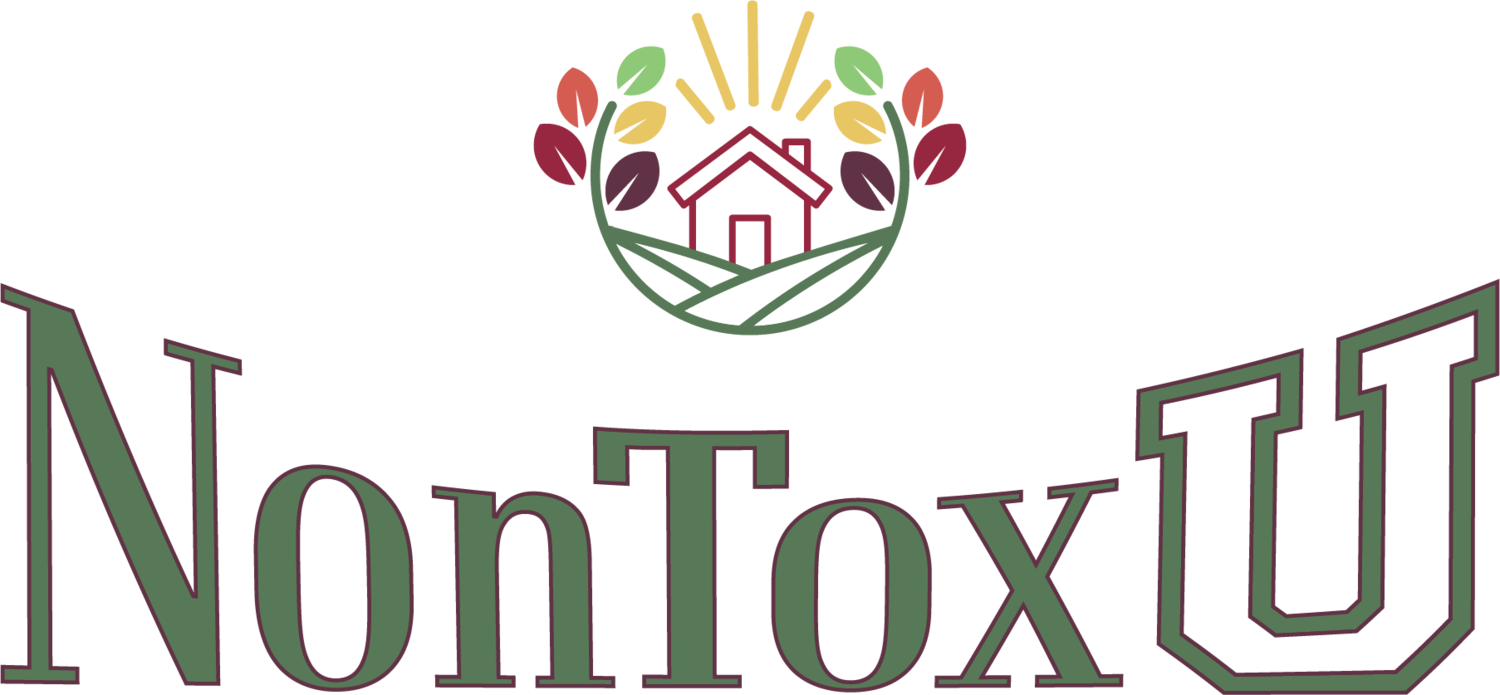Dunlop or Talalay Latex: What’s the Difference?
June 3, 2021, by Lisa Powers
If you are shopping for a mattress or upholstered furniture made with latex foam as a safer alternative to polyurethane foam it can be confusing because not all latex is equally safe or natural. I’m going to sort it all out clearly here.
There are a lot of details about how latex is made, but in this post I am just going to focus on types of latex, what they are and how they are labeled.
There are three parts to understanding latex:
1. the source of the latex
2. the process used to turn the latex into foam
3. third-party certifications
Sources of Latex
The raw material to make latex foam for mattresses and furniture can be either
1. petroleum
2. sap of the rubber tree Hevea brasiliensis
Latex made from petroleum is called “synthetic”. The most common type of synthetic latex is SBR (styrene-butadiene rubber). Yes, styrene like Styrofoam cups, which can leach styrene into beverages. Synthetic latex typically has a stronger odor than natural latex and usually does not meet emissions standards of testing organizations such as OEKO-TEX and GreenGuard.
Synthetic latex is often mixed with natural latex and marketed as “blended.” But it’s not always half and half. Usually, blended latex is mostly synthetic with a small amount of natural latex.
Natural latex is made from the sap of the rubber tree. The sap is “tapped” from rubber trees much in the way maple syrup is tapped from maple trees.
There are two types of natural latex:
1. natural latex
2. organic latex
While both come from the rubber tree, natural latex may have various chemicals used in the growing or processing of the sap, which are mostly unknown.
Organic latex is certified to usual organic standards which addresses the growing and processing of the sap as well as the ingredients in the foam product.
So a latex product can contain one of these three raw materials or a combination of them:
1. synthetic SBR latex
2. natural latex sap
3. organic latex sap
Processes to Turn Latex into Foam
There are two basic processes
1. Dunlop
2. Talalay
Dunlop was the original process used to make latex and is simpler than Talalay. Because of the more complex manufacturing process, Talalay may be more expensive.
From the viewpoint of choosing the least toxic latex, these processing methods aren’t as important as whether or not the raw material is natural or synthetic. In order to turn the sap into foam, regardless of the process, additives such as soap and foaming agents must be added. The latex is washed to remove residue from these additives but trace amounts can remain.
There is a lot of conflicting and confusing information on the differences between these two processes, particularly from companies selling one type of latex and not the other. This article is one of the more transparent that I have found.
In the marketplace you’ll find:
synthetic latex blended with Dunlop or Talalay
natural latex made with Dunlop or Talalay or a combination of the two
organic latex is all Dunlop at this time (but that may change as more organic latex becomes available)
If it’s organic, it’s Dunlop. But if it’s Dunlop, it could be synthetic, natural or organic.
Talalay is not organic but it can be either natural or synthetic
Certifications Matter
Certifications can help you choose safer latex but not all certifications are the same.
The most stringent certification is the Global Organic Latex Standard (GOLS). The standard provides transparency from the rubber farm to the finished latex product. It requires that more than 95% of the product is certified organic material. It cannot contain any synthetic or non-organic latex. The standard also provides guidelines for small percentage of the remaining ingredients to make sure that they are as safe as possible which is an important step given that we know some chemicals must be used in the processing of any type of latex. The standard goes beyond product safety and includes requirements to protect workers and the environment.
Cradle to Cradle Gold is the highest level of certification for Talalay latex. This rigorous certification allows some finished mattress that contain Talalay latex to be certified organic to the GOTS standard.
Another common certification for latex is STANDARD 100 by OEKO-TEX. The same standard that is used for textiles is used for latex. It tests all components of the finished product but does not set standards for farming or production. It is not an organic certification and does not guarantee that the raw materials are organic. It does test for over 350 chemicals and updates requirements annually. It has more stringent requirements for many chemicals than worldwide standards.
It may be possible for a blended latex product to meet this standard so it’s helpful to look at the certificate from OEKO-TEX to make sure that it is100% natural. This can be found on the certificate where it lists the “tested article”. In this example from White Lotus Home, you can see their certificate lists the article as “100% natural latex, raw white.”
So GOLS certified organic Dunlop is the safest type of latex but that does not necessarily mean that Dunlop is always safer than Talalay. For example, I would feel more comfortable buying Talalay latex certified by OEKO-TEX as 100% natural than Dunlop latex that has no specific certifications because even Dunlop labelled as 100% natural could have a small percentage of unknown additives. At least with the certified 100% natural Talalay you could feel assured that is free of most harmful chemicals and that is has only minimal amounts of less harmful chemicals.
Additional Reading
“Can’t Afford a Non-Toxic Sofa? Try This.”
Sources
Madehow.com. http://www.madehow.com/Volume-3/Latex.html. 06/8/21.
Noyed, Daniel. 9/11/20. Sleepfoundation.org. 06/08/21.
Control Union Certifications. https://certifications.controlunion.com/en/certification-programs/certification-programs/gols-global-organic-latex-standard. 06/08/21.
Oeko-tex.com. https://www.oeko-tex.com/en/our-standards/standard-100-by-oeko-tex. 06/08/21.
If you like this article, please share it!
©NonToxU LLC, 2021. All rights reserved.
